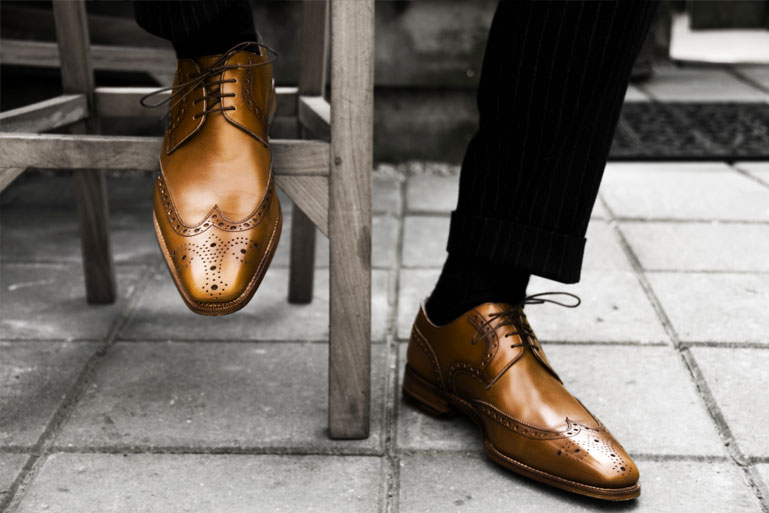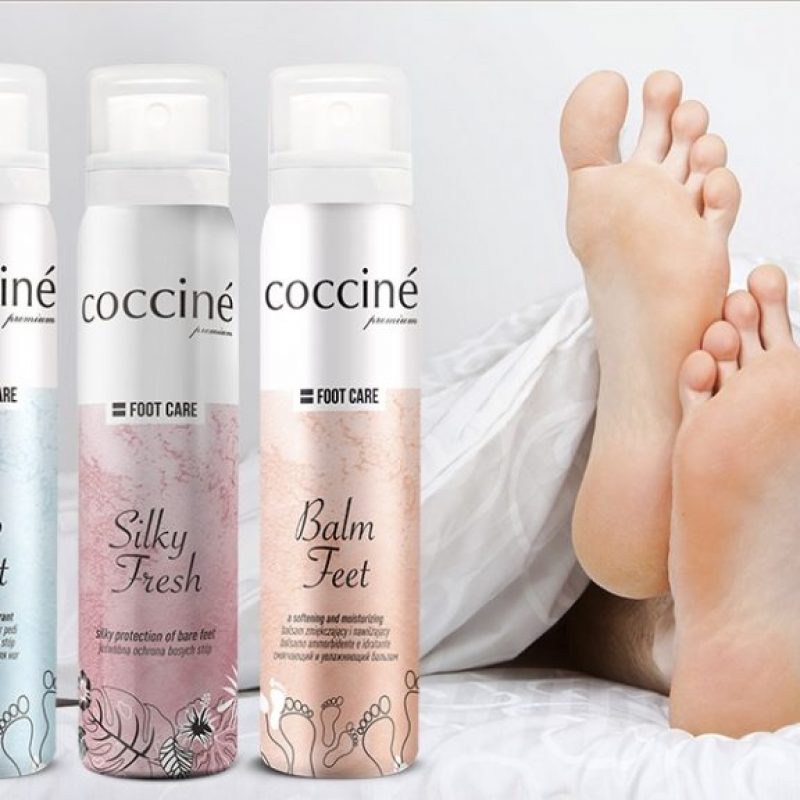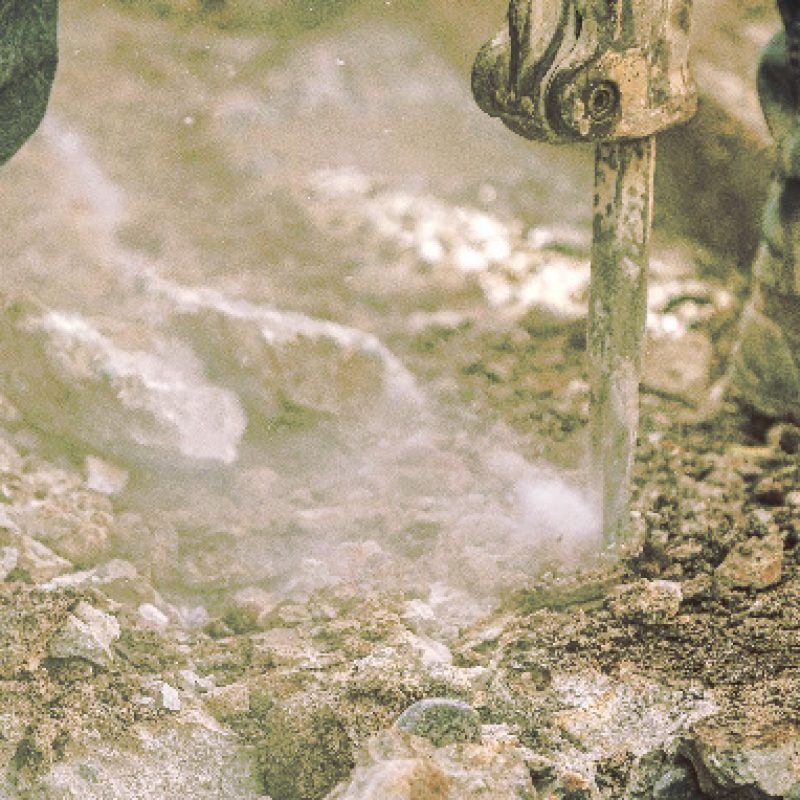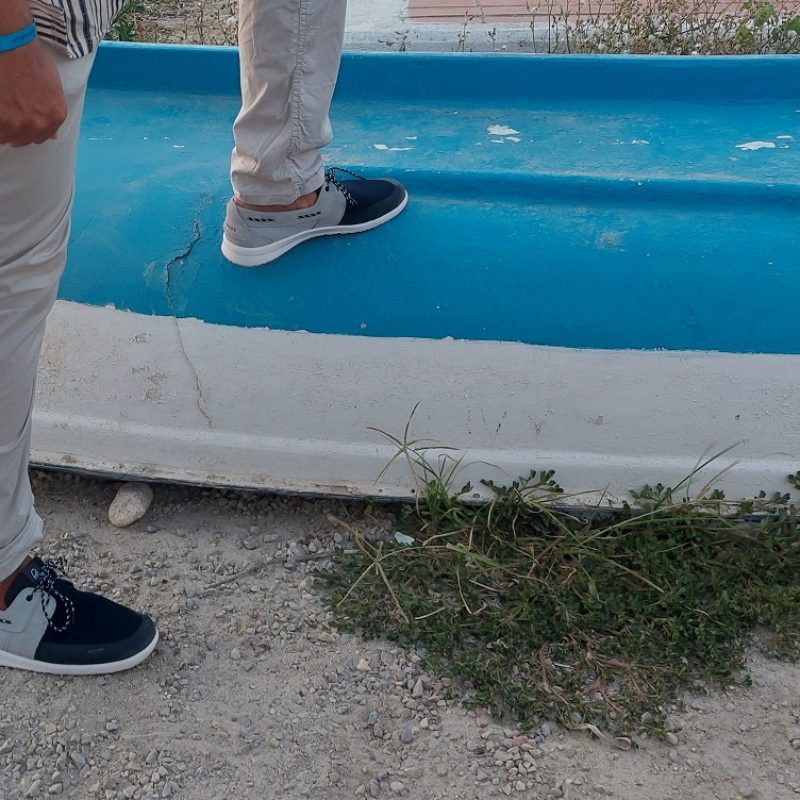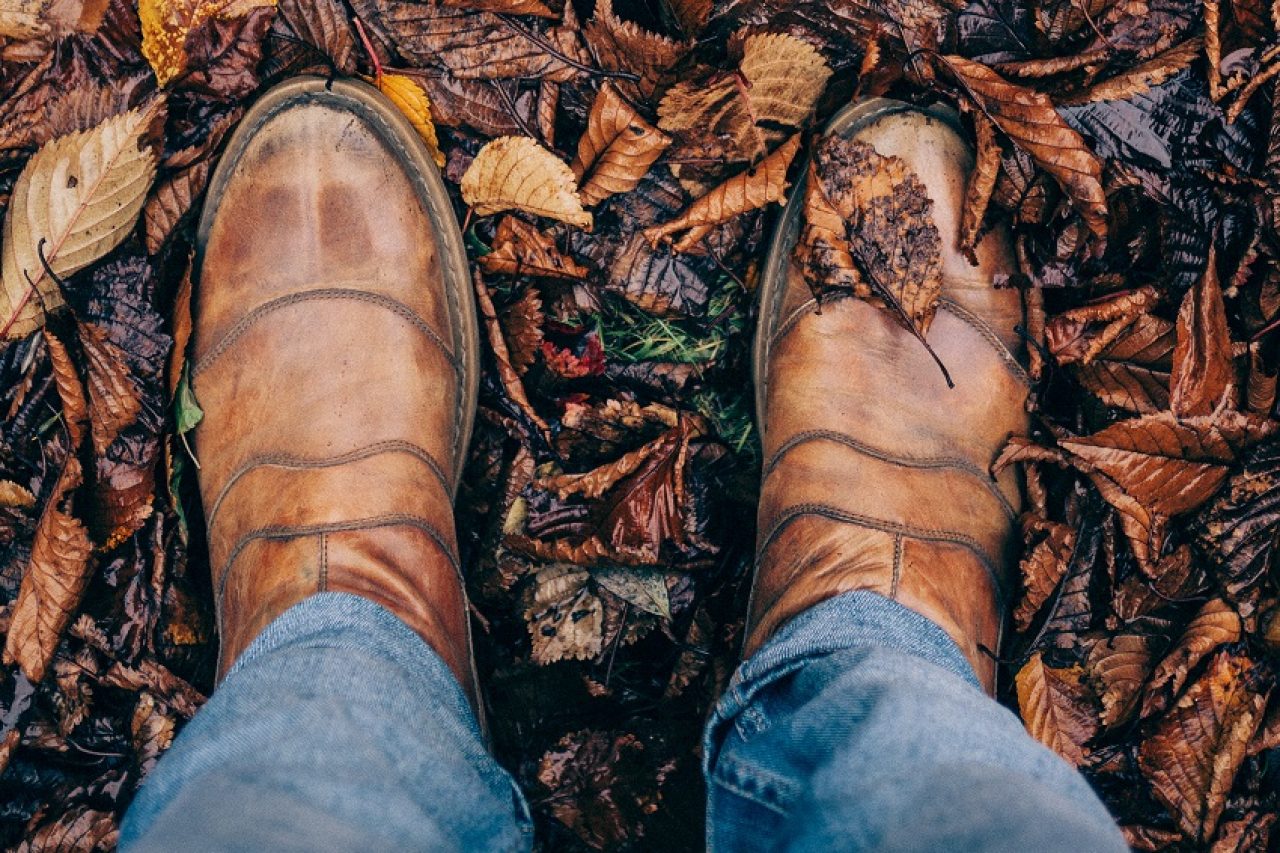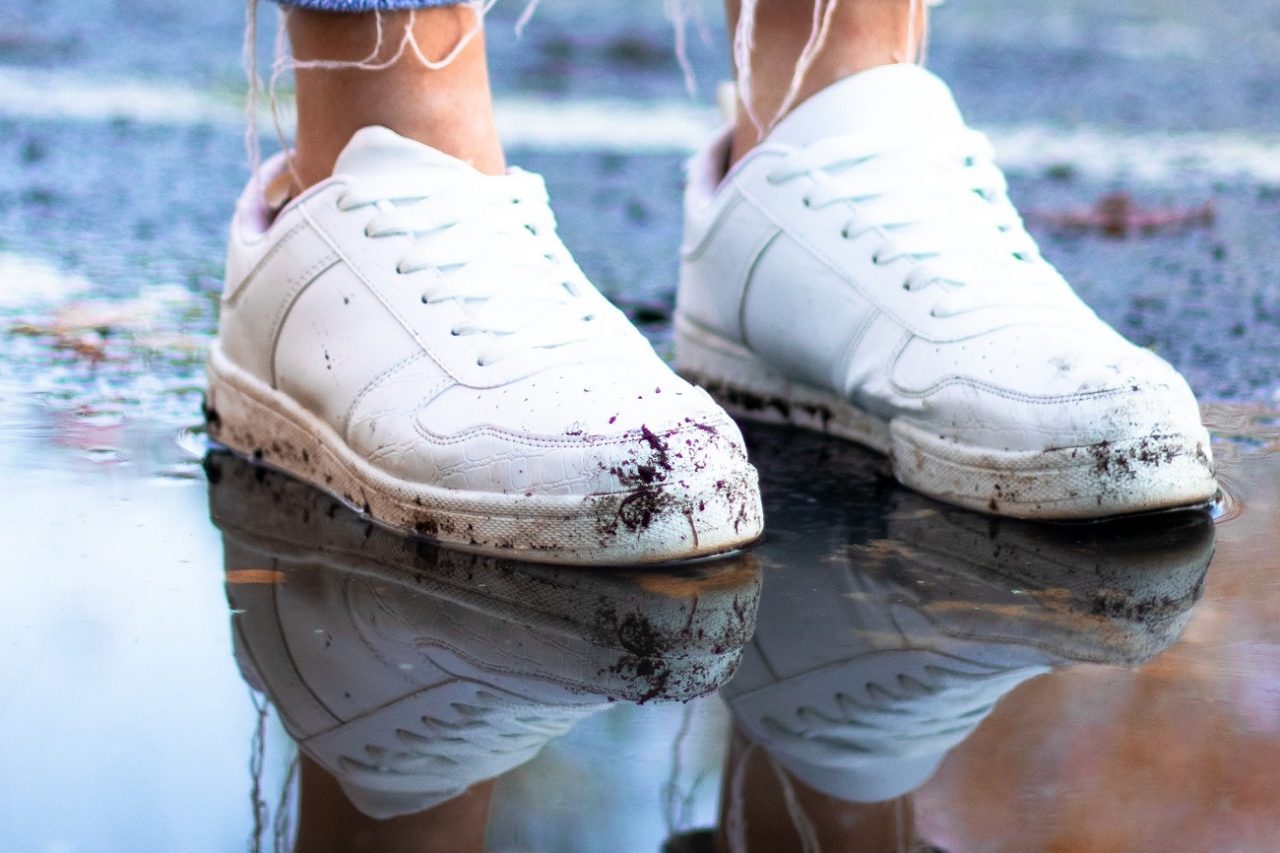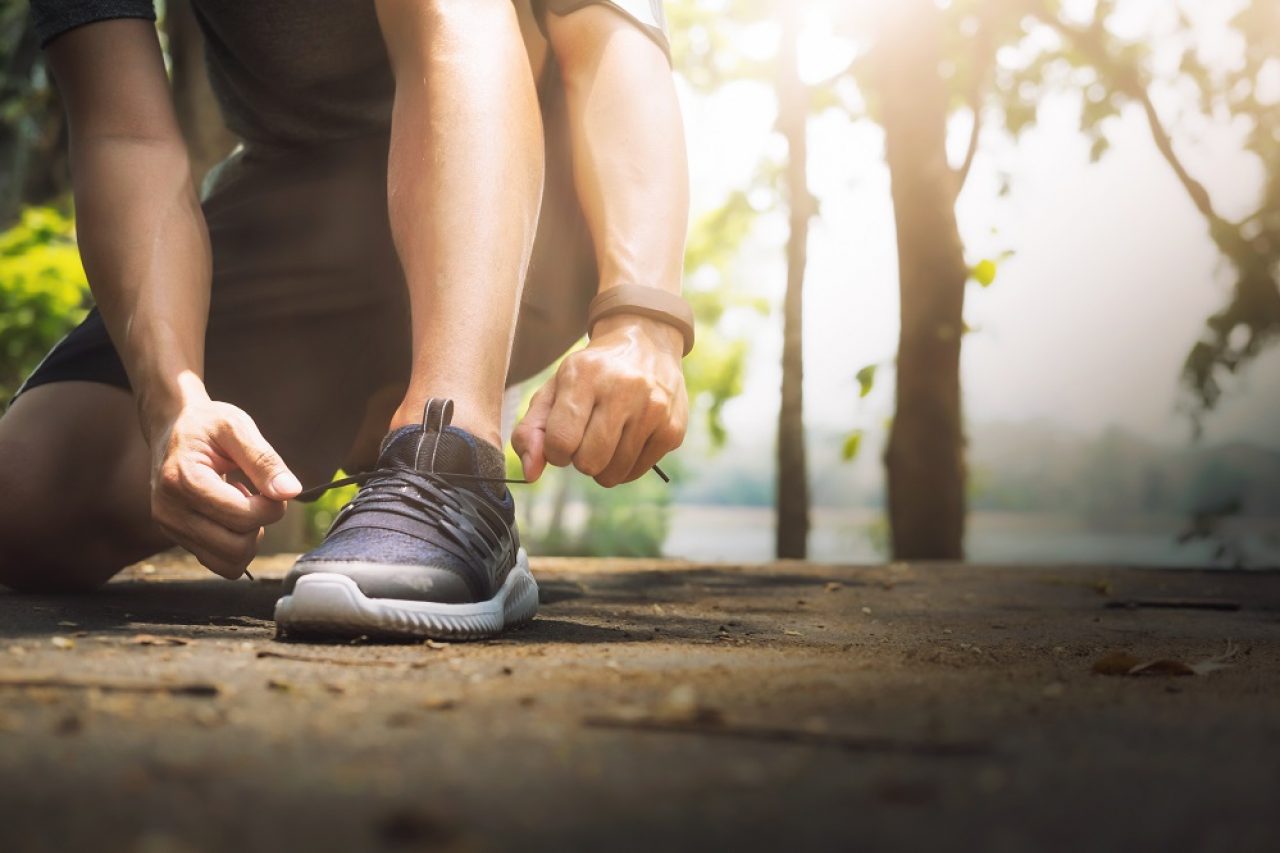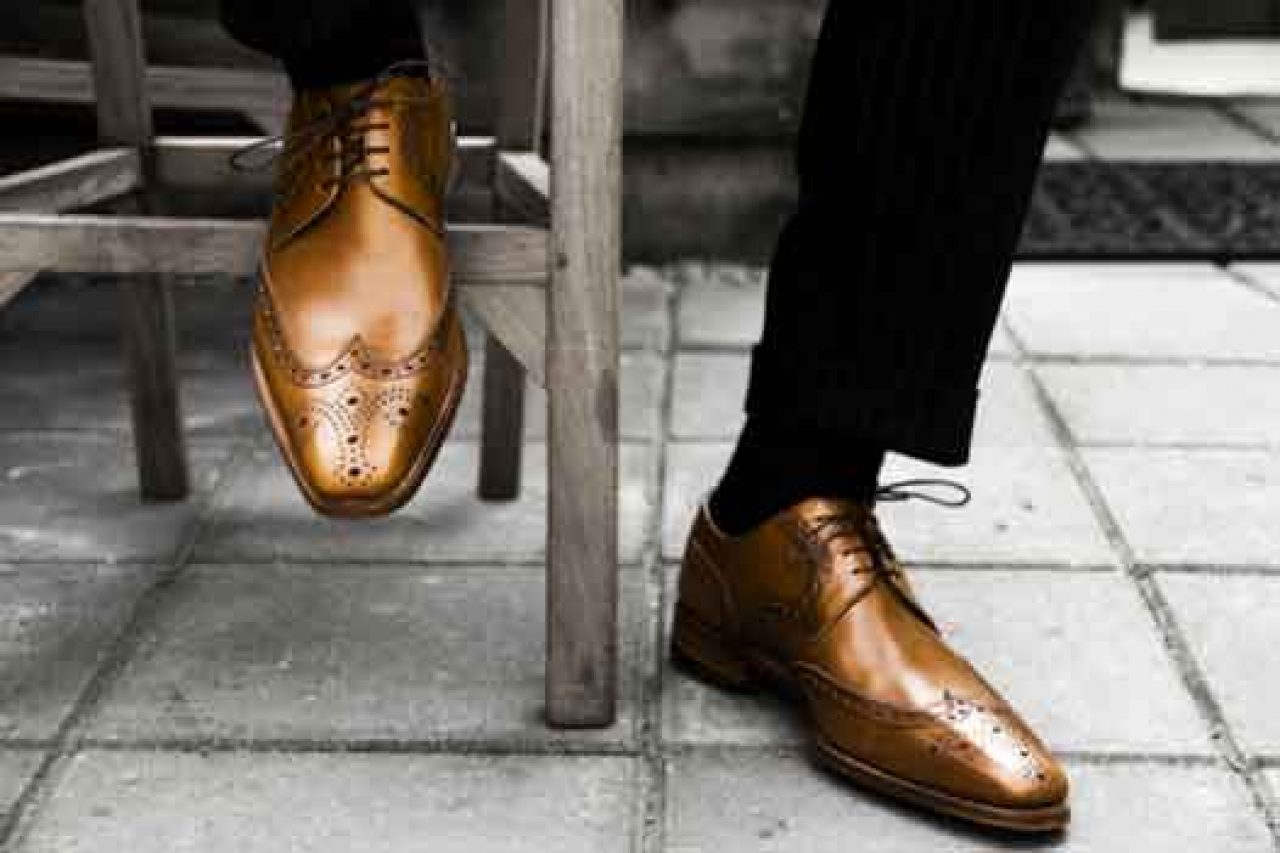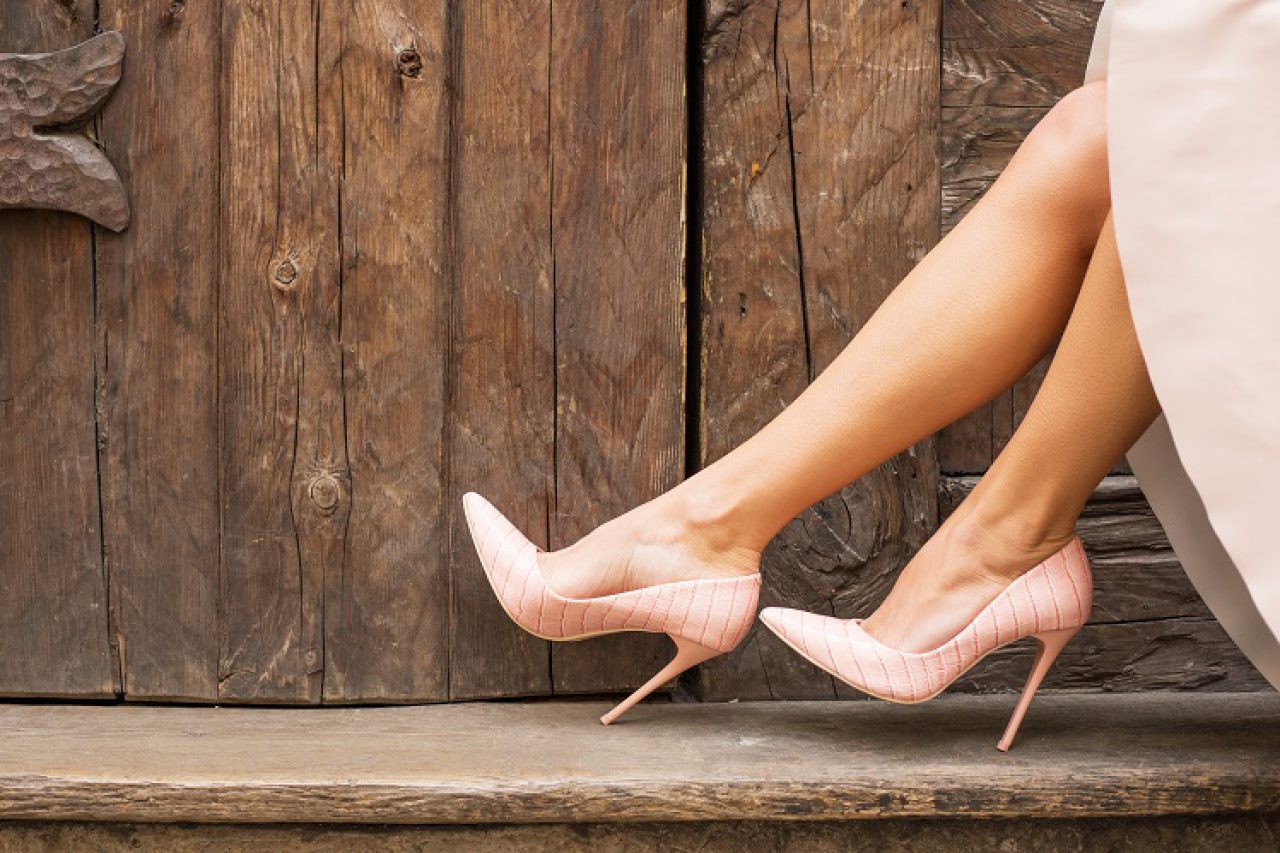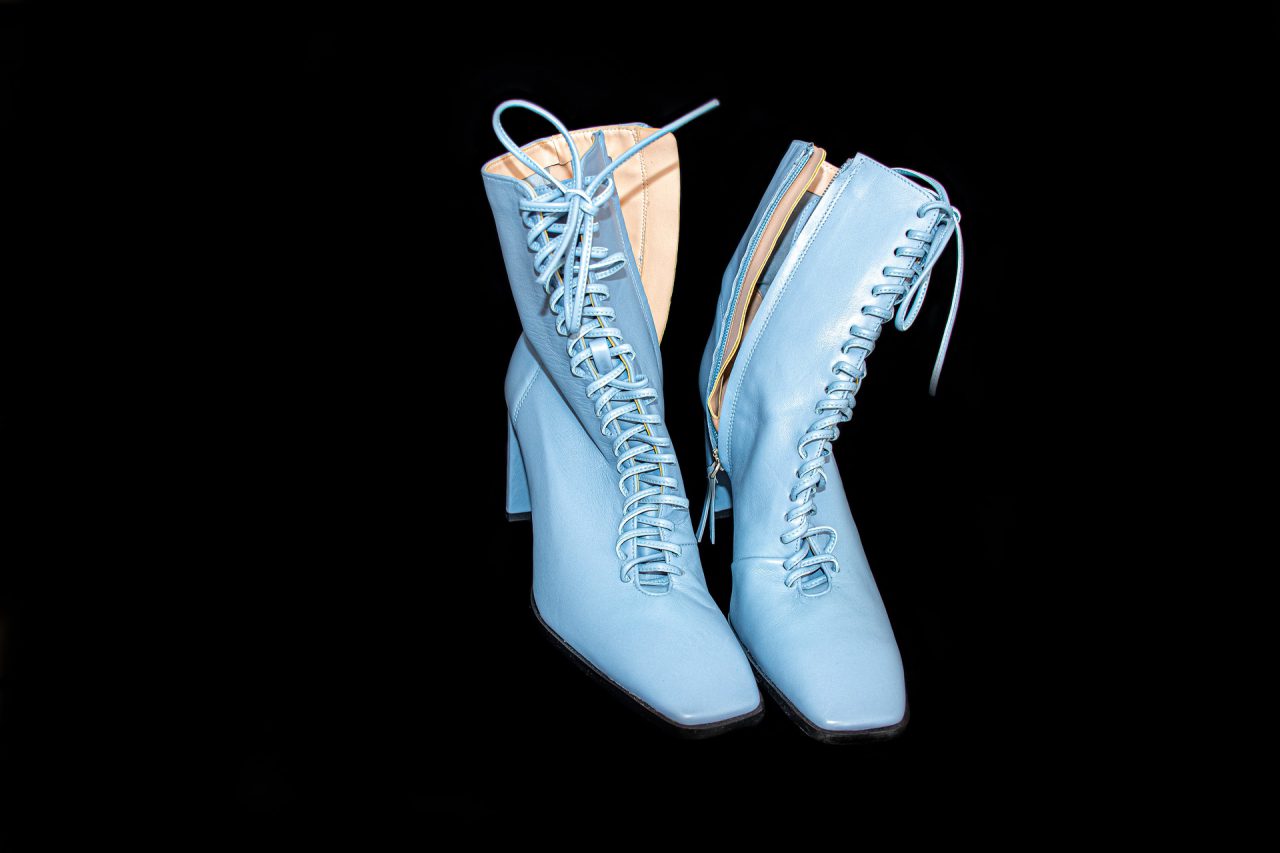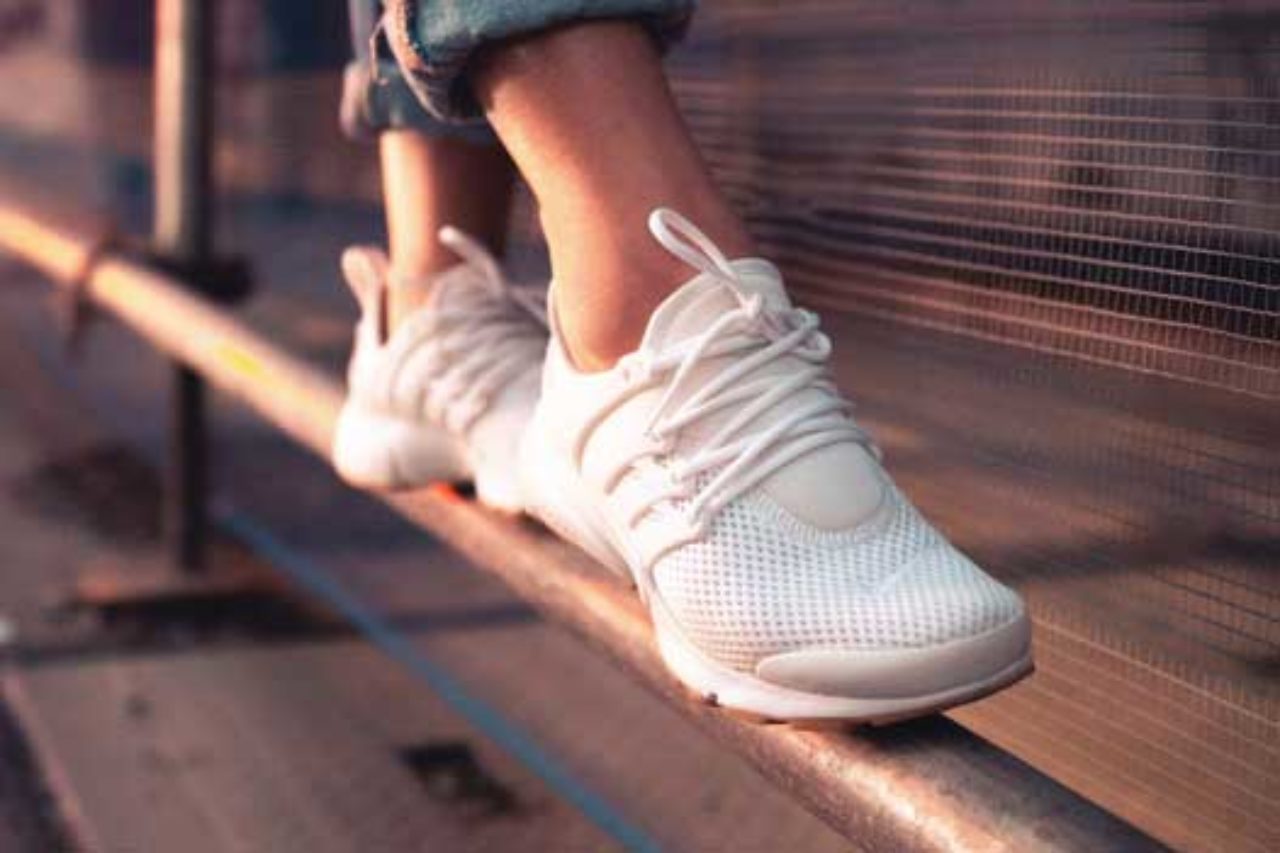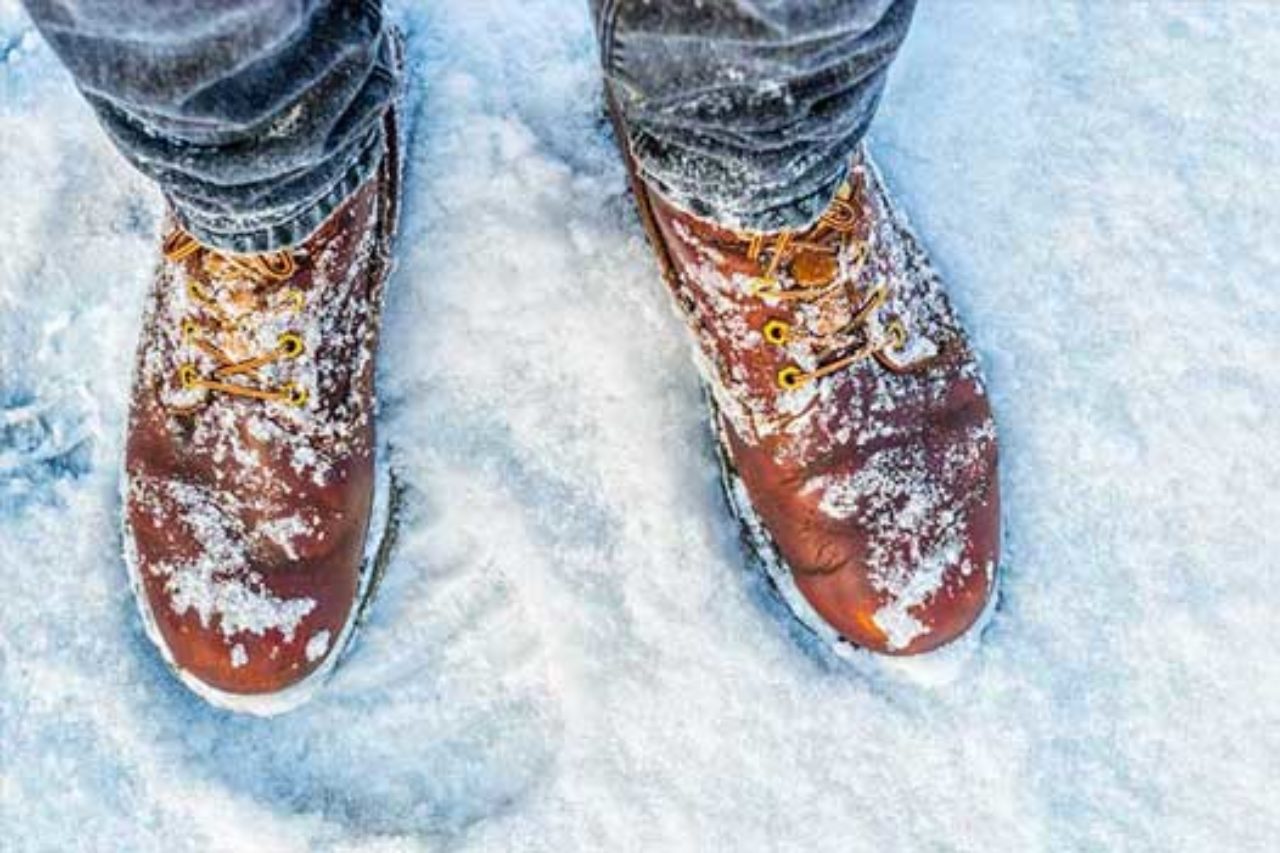But before you go to specific advice, we encourage you to get to know general principles of shoe care. This is not only a practical guide of shoe care, but an effective recipe how to improve your everyday comfort. Thanks to regular and proper care, your footwear will be much easier to clean and maintain. Shoes lifespan will increase and the time when they look great on your legs. And in such well-tended shoes your feet will feel better.
Rule 1: Before cleaning with chemicals, use a soft bristle brush to remove coarse dirt.
Imagine a situation: you bought a fantastic shoe shampoo. You take heavily soiled shoes out of your wardrobe and start cleaning them with the shampoo (e.g. Cocciné Nano Shampoo Foam). This is the first basic mistake. Why? First of all, using a cloth or sponge with the product, you scrub shoes which may be covered in grains of sand or mud. Secondly, you need to use more product. Therefore, if at first you use a brush with soft bristles to eliminate coarse dirt, the further process will be easier, faster, more economical, more effective and most importantly – safe for footwear.
Rule 2: Do not reverse the process – first cleaning, then maintenance.
Before each maintenance (applying paste, cream or lotion) shoes should be cleaned particularly carefully. Under no circumstances should you apply any products onto dirty shoes. It may cause dirt to set in, rub it into the leather, cause permanent stains or damp patches. Moreover, dirty surface has poor adhesion for care or repair agents (e.g. recolouring ones).
Rule 3: Before using any new product, test it first on so-called “spot out of sight”.
The magic “spot out of sight” is the sides of a shoe tongue or the inside of an upper, as long as it is trimmed with the same material as the outside of the shoe. Chemicals, although safe and repeatedly tested on different shoes, can work differently. Especially that more and more often shoes are imported from countries where the process of production does not keep strict European standards. Therefore, if you are not sure about the quality of the leather, it is better to check how it reacts to the product in a “spot out of sight”. Sometimes, it is low quality of shoes which badly takes even the best cleaning and care products.
Rule 4: Read the instructions on packaging carefully.
The instructions on packaging will allow you to use the product properly. Do you spray shoes in one place or maybe evenly? Do you apply cleaning foam directly on shoes or maybe on a cloth or sponge first? Following the instructions, i.e. proper use, will not only let you achieve the best result, but also minimize the risk of footwear damage.
Rule 5: Perform a full shoe cleaning and care cycle.
Dirty shoes? You take a brush, a cleaning agent (e.g. Cocciné Leather Cleaner Super) and that’s it. You can go to work, to the city, to friends. You can’t be more wrong. This is only half of the process you should carry out. Protecting shoes is very important. Therefore, after cleaning them it is best to apply a paste or cream, e.g. Cocciné Cream Elegance (leather shoes), polish and then protect with waterproofer, e.g. Cocciné Nano Water Block or Cocciné Antiacqua.
The cleaning process alone does not protect shoes, it leaves the leather susceptible to external factors such as dust, water, dirt. Thus, the process of shoes surface destruction happens, which only accelerates the need to replace your shoes with new ones.
Rule 6: Let shoes dry after cleaning or protecting.
Every time having cleaned shoes, you must leave them to dry. The same after applying paste or cream. You will read the suggested time on packaging, but remember – it’s best to leave your shoes to dry for the whole night. Especially when we’re going to waterproof them.
Rule 7: Do not speed up drying process of your shoes.
Shoes need time to dry completely. But it must be a natural process. Do not speed it up with a hair dryer or placing them near a heater or fireplace, as the leather may deform. What you can do is to fill shoes with newspapers while drying (they absorb moisture) and then put in shoe trees to make sure shoes keep their shape.
Rule 8: Choose the color of paste or cream to the color of shoes and appropriate accessories.
It seems obvious that we do not use black cream on white shoes. But you also have to remember that we don’t use colorless paste or cream on black shoes. And we choose the color as close as possible to the original one. Just like cosmetics, we use accessories. We choose the right size of shoe trees and, for shoes made of leather, nubuck and suede, it’s best to choose full cedar. For polishing shoes, it’s best to use a Cocciné Clever Glove or a cotton cloth. It is also a good idea to purchase a soft brush. It can not only clean coarse dirt, but also when polishing, get to places hard to reach (leather breaks, thick seams, joints with the sole etc.). For suede, use a brush which has two sides: the rubber one removes deeply embedded and conglomerated stains, with nylon-copper bristles we comb out dust, dirt and arrange the hair.
Rule 9: Try not to wear the same footwear every day.
Shoes should “rest” at least 24 hours after wearing. Thanks to this, they evaporate moisture, damage less, the leather is neater, the number of microorganisms, mold and fungi decreases.
Rule 10: Use insoles.
Few people know that insoles extend footwear lifespan. Some reduce feet sweating, eliminate microbes, keep footwear fresh. In addition, they separate your foot from shoe lining, which also positively influences their overall condition.
